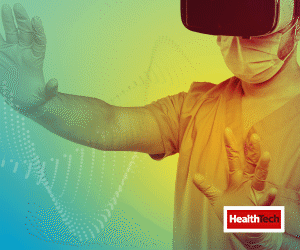1. Understand Your Differences and Pivot Accordingly
Many health IT professionals come from the business world, where they’re probably used to working on financial, human resources, supply chain and other business-related applications — not clinical ones.
As such, they may bring tools and solutions that don’t work well with healthcare delivery.
More than 50 percent of a nurse’s workflow is cognitive in nature. They’re continually collecting and analyzing data, making individualized patient decisions and pivoting as new data is generated. Nurses also identify and evaluate patient goals, often for multiple cases at once, in concert with other healthcare professionals.
READ MORE: Find out how virtual training is set to change nursing education.
Tools such as business process mapping or swim lane diagrams, then, may not be appropriate. To understand how nurses interact with technology, cognitive task analyses can provide more insightful results.
2. Get to Know Nurses’ Work — Up Close and In Person
One technique to better understand nursing practice is to experience it firsthand. Try having your IT professionals shadow nurses for a full shift — keeping in mind that nurses practice differently depending on the specialty, patient acuity and other factors.
Still, it is important to appreciate nurses’ heavy cognitive workflow in all settings. IT staff must ask questions to uncover what nurses are thinking about: What data do they collect and analyze in their minds? What decisions are they making?
Similarly, nurses should be invited to participate in health IT meetings to listen, learn and share insights. Ideally, these should be expert informatics nurses who are educated and experienced in bridging the gap between nursing practice and technology teams to achieve desired outcomes.
Such experience is invaluable. A recent survey by the Healthcare Information and Management Systems Society found that the top barrier to success in technology used by nurses is the disharmony between IT and nursing technology priorities.









